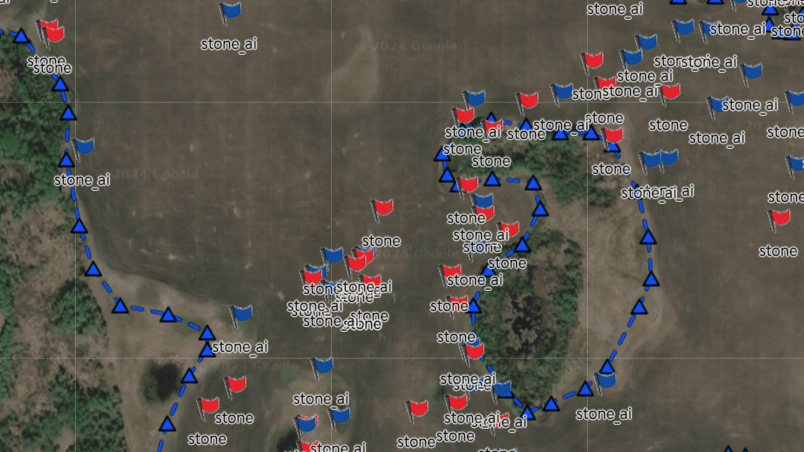Cattle demand slackens
The super hot demand for beef cooled last week, causing wholesale beef and fed cattle prices to drop.
In Western Canada, fed cattle fell $2 per hundredweight on average, but then held steady. Offerings were lighter at 17,500 head, down 21 percent.
Demand came from local packers and American buyers, said Canfax.
Extra-heavy animals dominated the lower end of the price range.
Alberta prices Oct. 28 were steers $86.80-$91.30 per cwt., flat $147.85-$150.55 and heifers $88.75-$92.35, flat $152.40-$153.10.
As they approach holiday turkey season, most packers have now abandoned Saturday kill schedules.
Read Also

Vegetable oil stocks are expected to tighten this year
Global vegetable oil stocks are forecast to tighten in the 2025-26 crop year, this should bode well for canola demand.
The Montreal wholesale beef price was steady last week at $157 per cwt. but was expected to lose ground this week.
The Calgary market was down $1 to $2 per cwt. in a range of $150-$165 on handyweight steers, with severe discounts for heavy carcasses.
Canfax said that while North American beef demand might slacken, Canadian basis levels on fed cattle usually tighten from the end of October into December. Last year it narrowed $10, that is, Alberta prices gained $10 on the U.S. market. This is usually due to a tightening of Alberta fed cattle supplies in relation to those in the U.S., said Canfax. So fed cattle prices are expected to hold strong, especially on the handyweight cattle.
Cow prices were shaky last week.
Most top-end D1,2 cows were $50-$55 per cwt. with sales higher in only a few cases.
Offerings were large, giving packers adequate supply. Prices could slip again.
Feeder cattle prices were mixed with lightweight feeders steady, but heavier types over 600 pounds fell at least $5 per lb. This was due in part to the large number on offer.
A light supply of yearlings fetched stronger prices.
So far, the fall feeder run is about 23 percent larger than 1998. Canfax said prices should remain steady on light calves but further pressure is possible on heavier calves.
In stock cow trade, bred cattle sales are picking up. Many buyers consider these types to be a bargain in comparison to feeder and yearling prices, said Canfax.
Bred cows ranged from $600-$1,400 with most good quality cows from $1,100-$1,300. Bred heifers were from $650-$1,325 with quality types from $1,000-$1,300. Cow-calf pairs traded from $900-$1,340.
Pork prices fall
The recent rally in hog prices reversed last week.
Demand in the United States from National Pork Month and the Russian food aid package had kept pork moving through the system at good wholesale prices.
But demand backed off and packers had to lower pork cutout values to increase sales to retailers.
Iowa-southern Minnesota hog prices declined to $29.75-$37 (U.S.) per cwt. (at plant, 51-52 percent lean, live equivalent) by Oct. 29. The mean was $35.17 per cwt., down $1.06 from the previous week.
Lean hog futures prices also decreased.
However, current hog prices are well above earlier projections for this fall and analysts do not expect a repeat of last year’s price free-fall.
Manitoba Agriculture estimated the average Index 100 hog price for the week at $131 per 100 kilograms.
Hog slaughter in the province reached almost 73,000 head last week, of which about 15,500 head were from Alberta and Saskatchewan, Manitoba Agriculture said.
















